Talent Shortage and Skills Gap
The talent shortage and skills gap present a unique challenge within the Mainframe Modernization Services Market. As organizations embark on modernization journeys, they often encounter difficulties in finding skilled professionals who possess the necessary expertise in both legacy systems and modern technologies. This gap can hinder the pace of modernization efforts, prompting companies to seek external services to bridge the skills divide. The increasing complexity of IT environments necessitates a workforce that is adept at navigating both traditional and contemporary systems. Consequently, addressing this skills gap is likely to be a critical focus for organizations, influencing the dynamics of the Mainframe Modernization Services Market.
Integration of Advanced Technologies
The integration of advanced technologies is a significant catalyst for growth in the Mainframe Modernization Services Market. Organizations are increasingly adopting technologies such as artificial intelligence, machine learning, and cloud computing to enhance their operational capabilities. Modernizing mainframe systems allows for seamless integration with these technologies, enabling businesses to harness the full potential of their data. This trend is indicative of a broader shift towards intelligent automation and data analytics, which are essential for driving innovation. As enterprises seek to leverage these advancements, the demand for modernization services is expected to rise, further propelling the Mainframe Modernization Services Market.
Cost Efficiency and Resource Optimization
Cost efficiency remains a pivotal driver in the Mainframe Modernization Services Market. Organizations are compelled to optimize their IT expenditures while maximizing the value derived from their existing infrastructure. Modernization initiatives often lead to reduced operational costs through improved resource utilization and streamlined processes. Data suggests that companies can achieve up to 30% savings in operational costs by transitioning from legacy systems to modern platforms. This financial incentive is a compelling factor for enterprises seeking to enhance their competitive edge. Consequently, the focus on cost efficiency is likely to continue shaping the strategies within the Mainframe Modernization Services Market.
Increased Demand for Digital Transformation
The Mainframe Modernization Services Market is experiencing heightened demand as organizations increasingly prioritize digital transformation initiatives. Companies are recognizing the necessity to modernize their legacy systems to remain competitive in a rapidly evolving technological landscape. According to recent data, approximately 70% of enterprises are investing in modernization efforts to enhance operational efficiency and customer engagement. This trend is driven by the need for improved agility, scalability, and integration with emerging technologies such as cloud computing and artificial intelligence. As businesses strive to leverage data-driven insights, the modernization of mainframe systems becomes essential, thereby propelling growth within the Mainframe Modernization Services Market.
Regulatory Compliance and Security Enhancements
In the context of the Mainframe Modernization Services Market, regulatory compliance and security concerns are paramount. Organizations are increasingly mandated to adhere to stringent regulations regarding data protection and privacy. As a result, many are turning to modernization services to enhance their security frameworks and ensure compliance with evolving standards. The market is witnessing a surge in demand for solutions that not only modernize legacy systems but also fortify them against cyber threats. It is estimated that investments in security-focused modernization could reach significant figures, reflecting the critical nature of this driver in the Mainframe Modernization Services Market.


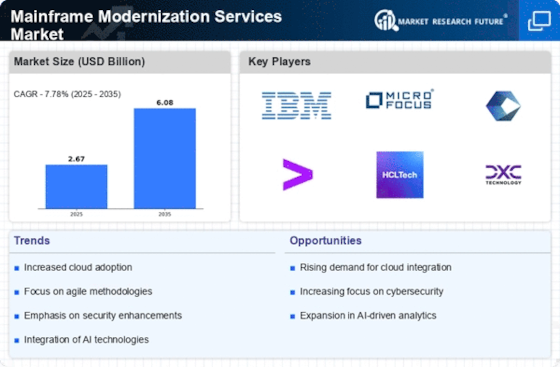
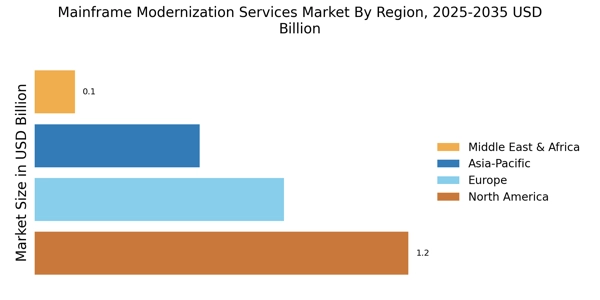
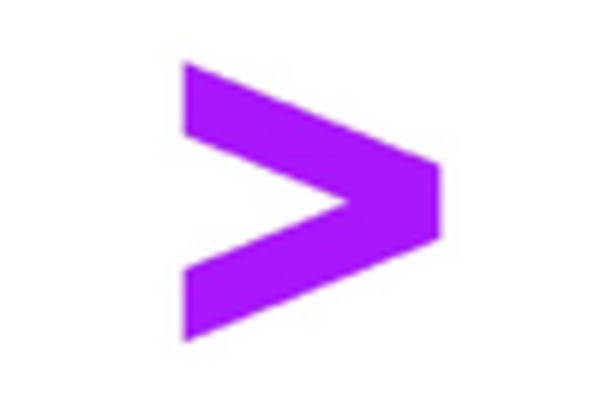
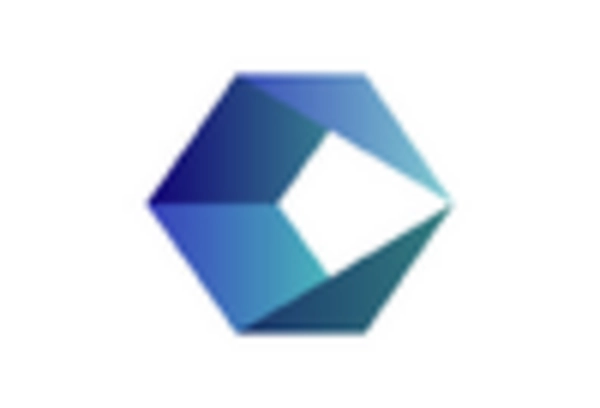
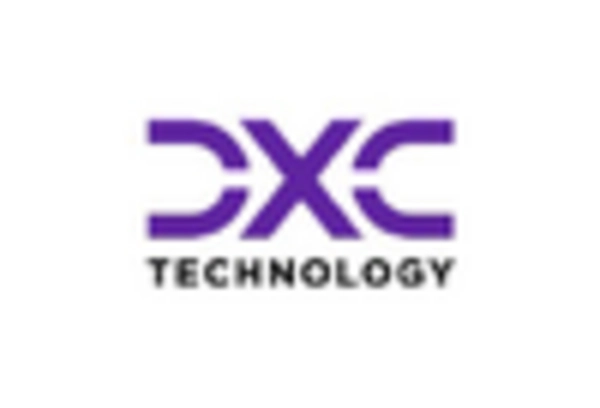
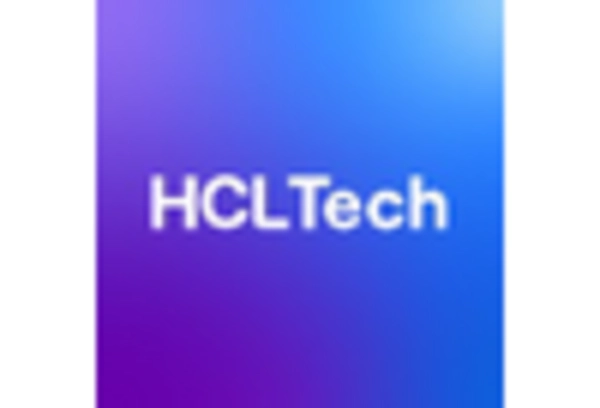

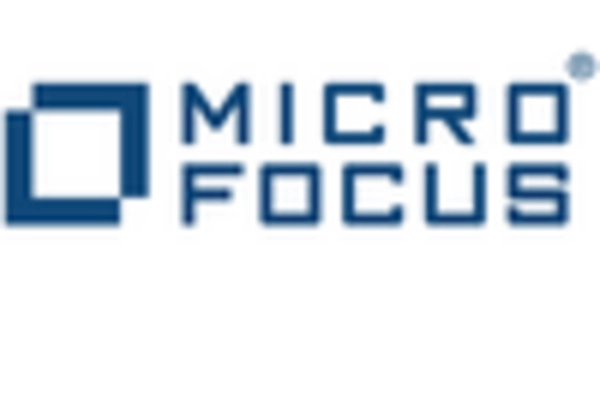








Leave a Comment